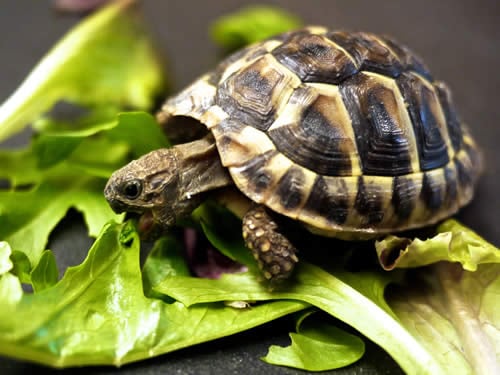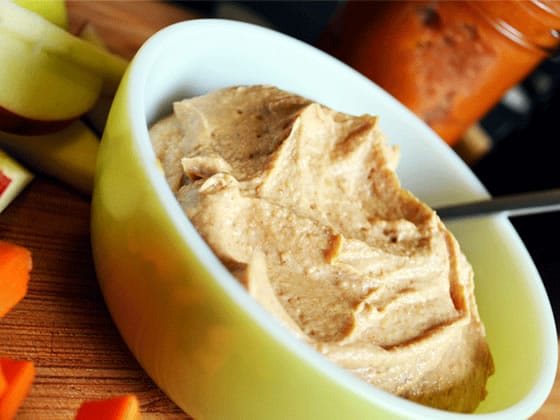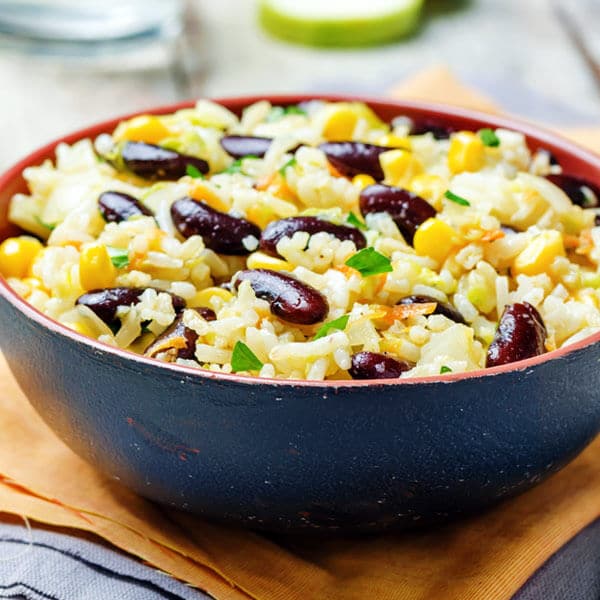Guest Post: Slow Eating
Jan 18, 2011, Updated Aug 17, 2017
John Keogh, a friend of mine from college, posted a note on his Facebook page a week or so ago, discussing what he’s learned about “slow eating.” I loved his note and asked if I could share it with my readers, to which he kindly agreed.
But first, a confession: I’m putting this post together while scarfing down (okay: inhaling) a bowl of leftover pasta (100% whole wheat, of course) in front of my computer. The irony of this is not wasted on me! Read on to learn what I should be doing instead…
– Andrew

My friend, Andrew Wilder, recently resolved to follow his three eating rules, and I’ve decided to follow them as well.
His three rules are very simple:
1) When you eat grains, eat only 100% whole grains.
2) Don’t eat high fructose corn syrup.
3) Don’t eat hydrogenated oils, trans fats, or anything that’s been deep-fried.
In a similar spirit, I’d like to offer another set of eating rules that go hand-in-hand with Andrew’s – The Slow Eating Method.
I first encountered the idea of slow eating in the book Anger: Wisdom for Cooling the Flames, by the Buddhist monk Thich Nhat Hanh. I’ve since met several people who practice Slow Eating as a weight loss technique and report surprising success. My wife has begun eating this way and finds it very rewarding.
The three rules of Slow Eating are:
1) Take smaller mouthfuls than you’re used to.
2) Chew each mouthful longer than you’re used to.
3) Pause between each mouthful.
Basically, if you usually eat heaping spoonfuls, start only taking half a spoonful at a time. If you usually just chew your food a couple times before you swallow it, start chewing each mouthful until it’s liquid before you swallow. If you usually shovel food into your mouth at a rapid pace, put your utensil down after each mouthful and chew and swallow before you pick it back up for the next mouthful – NEVER put more food into your mouth until you’ve swallowed the food that’s already there!
How does Slow Eating help you to lose weight?
- The more time you spend with each mouthful of food, the more time you get to savor the flavors and enjoy the process of eating – without needing multiple helpings to extend the experience.
- When we eat, once we’ve consumed enough to satisfy our body’s needs, a series of chemical reactions takes place to send a signal to our brain to say, “That’s enough, you can stop now.” Through an odd quirk of human physiology, we can out-eat that signal process. Eat too fast, and by the time your brain receives the Full Signal, you’ve already eaten more than you needed to reach that point. By eating more slowly, you give your body plenty of time to realize when you’re full and most people find that they need noticeably less food to satisfy their hunger.
- Digestion begins with the saliva in your mouth. The more thoroughly you chew your food, the more your saliva can begin to break it down before it reaches your stomach, and the more thoroughly you can digest what you’re eating. More thorough digestion means you extract more energy and nutrients from your food, and so you need less of it to fulfill the requirements of your body.
- Slow Eating means you can’t just go on autopilot when you eat. It requires you to be very aware of the act of eating, to think about what you’re eating and how you’re eating it. This awareness helps you to make better decisions about your diet overall.
At first, Slow Eating can be pretty strange – it takes more discipline than you’d think and it makes you oddly self-conscious. But over time it completely transforms the act of eating. Food ceases to be just a tool to achieve some other end (necessary refueling, emotional solace, etc.) and eating becomes a meaningful and rewarding experience all its own.
Instead of cramming down breakfast on your way out the door, or fitting in a quick lunch between meetings, you find yourself making time to eat. Time during which you have nothing to do but sit, and eat, and just be without worry.
So – I guess that means I have six eating rules to follow. But at least they’re simple!
—
A followup from Andrew: I have two friends, a couple, who are a Nurse and a Firefighter. (Cliché, I know…) Their jobs require long hours and often very quick meals-on-the-go. As such, they’re both developed a bad habit of eating too quickly, even when they’re not at work. One trick they’ve used to counter that is simple: Share a fork! They take turns eating, passing the utensil back and forth between bites. Sure, it may not be the most hygienic option, but I think it’s a great, creative strategy to force themselves to slow down and enjoy their meals together.
—
Photo by wuperruper.




















Great tips! (Sharing a fork is awesome, too, when we have trouble putting the “real” rules into place.)
LOVE the turtle pic. I had a small tortoise for almost 20 years and she ate exactly like that. Very deliberately. I try to remind myself to eat like a turtle when needed…
Ha! Glad you like the turtle pic. I had to sift through tons of really awful turtle photos in flickr to get there (seriously, a couple were actually horrifying, oddly enough), but this little guy was worth it…
PS – I’m totally stealing your phrase, “Eat like a turtle.” Love it.
I don’t know if I’d go so far as to share a fork with my husband, but the concept is interesting. Another benefit of “slow eating” is that your saliva, which is alkaline, begins to alkalize the food keeping the blood in alkaline condition, which has proven health benefits. Thanks for the great post — and necessary reminder to slow things way down!
Yeah, I think I’d try the fork-sharing thing for half a meal and get frustrated and give up. I love the idea of it, though! 🙂